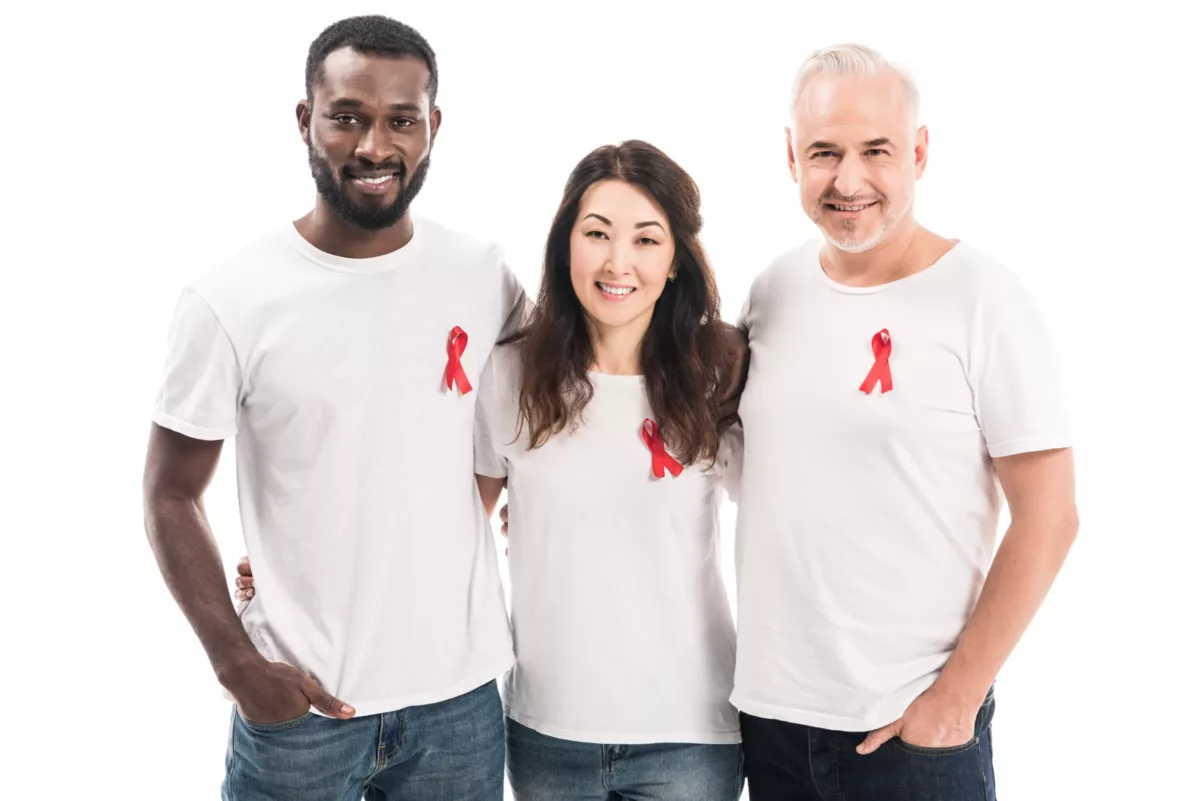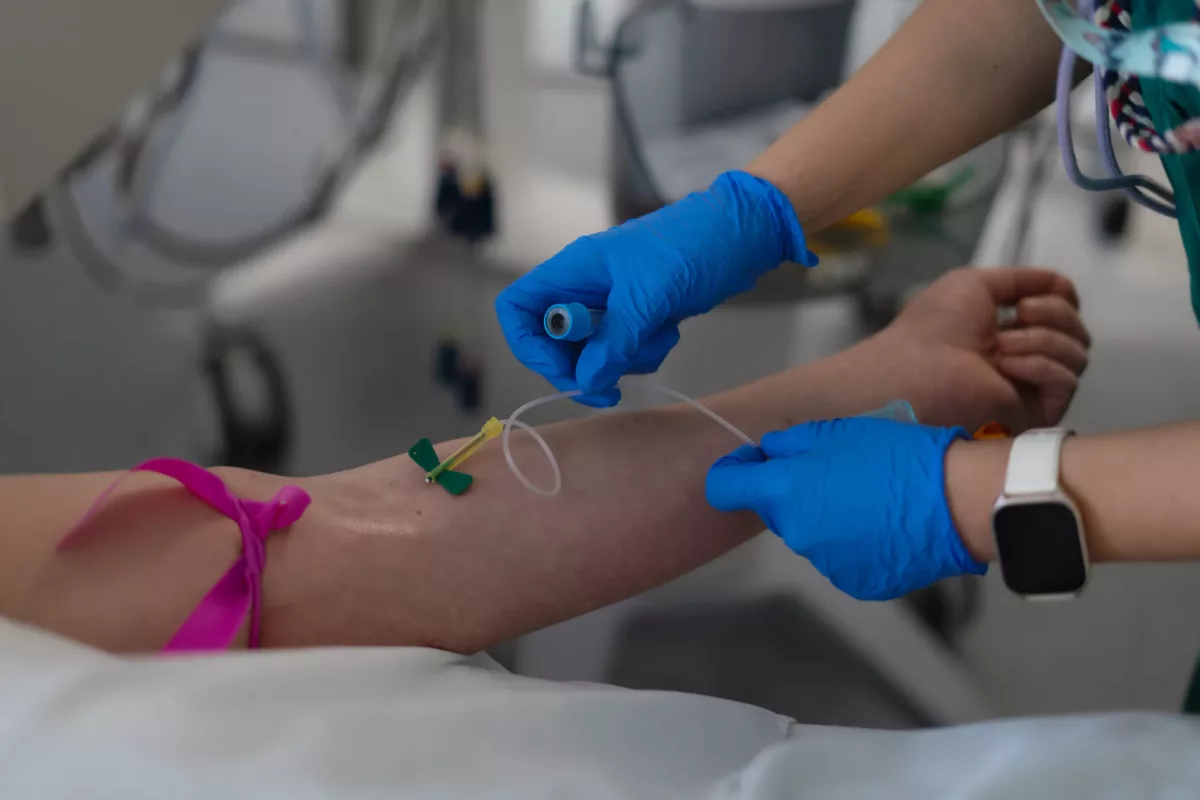A rare type of blood and bone marrow cancer is called acute lymphocytic leukemia (ALL). Bone marrow is a spongy tissue inside the bones that produces blood cells. This condition is called acute because it progresses quite fast and makes immature blood cells instead of mature ones. Moreover, the word lymphocytic in the name of this condition refers to white blood cells called lymphocytes. In addition, this condition is also called acute lymphoblastic leukemia.
The treatment for this condition is very similar to other cancer types. While there are good chances of curing the condition during childhood, adults with acute lymphocytic leukemia are less likely to be cured.
Symptoms
People with this cancer type usually experience the following symptoms. Examples include:
- Shortness of breath
- Pale skin
- Weakness
- Lack of energy
- Fatigue (extreme tiredness)
- Frequent or severe nosebleeds
- Lumps that occur due to swollen lymph nodes in and around the neck, groin, abdomen (belly), or armpits
- Recurrent infections
- Fever
- Bone pain
- Bleeding that occurs from the gums
If you or your child experiences any of the previous symptoms, immediately visit your healthcare professional for a diagnosis and proper treatment. Early diagnosis and treatment may increase the chance of curing the disease.
Causes
This cancer type begins like others with the development of DNA mutations in certain cells. In such cases, these DNA changes occur in the bone marrow cells. The DNA of the cell holds instructions that tell a cell when to grow, multiply, and die. Mutated DNA gives the cells different instructions that lead to abnormal growth and multiplication of the abnormal cells. When these cells become too much they form a mass called a tumor that may invade healthy cells and destroy them.
However, when the cancer happens, blood cell production becomes out of control and may lead to increased production of the immature cells that usually develop into leukemic white blood cells (also called lymphoblasts).
Risk Factors
There are some factors that may elevate your risk of developing acute lymphocytic leukemia. Examples include:
- Cancer treatments – If you have had cancer treatments, including chemotherapy, radiation therapy, or others, you are at increased risk of developing this cancer type.
- Prolonged radiation exposure – Those who are exposed to high radiation levels are also more likely to develop acute lymphocytic leukemia.
- Genetic disorders – For instance, people with Down syndrome may develop this cancer type.
Diagnosis
Below are some tests usually used to diagnose acute lymphocytic leukemia:
- Blood tests – These tests are used to measure the amount of red blood cells and white blood cells. However, a blood test may show blast cell presence (immature cells).
- Bone marrow test – During this procedure, doctors will take a small amount of bone marrow and send it to the laboratory for testing.
- Imaging tests – These include X-ray, CT (computerized tomography) scans, or ultrasound to get detailed images of the bone marrow.
- Spinal fluid test – This test is also called a lumbar puncture test or spinal tap. It is used to get some fluid that surrounds the brain and spinal cord and check for cancerous cells.
Moreover, once a person is diagnosed with acute lymphocytic leukemia, doctors may perform additional tests to determine the stage (extent) of the cancer. It will help to make the best treatment plan for you.
Treatment
Commonly, treatment for this cancer type is divided into several phases. For example:
- Induction therapy – The goal of this therapy is to destroy most leukemia and bone marrow cancerous cells and restore normal blood cell production.
- Consolidation therapy – This treatment aims to the remaining cancer cells and kill them. This therapy also is called post-remission therapy.
- Maintenance therapy – This is the third phase of the acute lymphocytic leukemia treatment, and it helps prevent cancerous cells from returning. This stage of the treatment may last for years.
- Preventive treatment to the spinal cord – During this phase, people with this cancer type may get additional treatments to destroy cancerous cells found in the central nervous system. Healthcare providers usually recommend chemotherapy that is directly injected into the spinal cord fluid.
Treatment Options
Doctors often prescribe different treatments for people with this cancer type because it depends on several factors. Examples include your age, existing health problems, the severity and extent of the cancer, and others. Check below for some treatments:
- Chemotherapy – This treatment option uses strong medicines to destroy cancer cells throughout the body. Sometimes, physicians may prescribe chemotherapy along with radiation therapy.
- Targeted Therapy – This therapy also involves medications that block certain proteins in the cancer cells causing them to die. It also can be used with other cancer treatments. Furthermore, physicians may perform some tests to see if targeted therapy will be effective for you.
- Radiation Therapy – This treatment involves powerful beams of energy used to kill cancer cells. This energy comes usually from protons, X-rays, and other sources. This treatment option also can be used if the cancer spreads to the central nervous system.
- Bone marrow transplant – Stem cell transplant (also called bone marrow transplant) is used usually as consolidation therapy when other treatments do not work.
- Engineering immune cells to fight leukemia – This treatment option involves engineering the germ-fighting T cells to destroy cancer and then infusing it back into the body. It usually is used in children and young adults with recurrent cancer. Moreover, this treatment option is called chimeric antigen receptor (CAR)-T cell therapy.
Generally, older people have a poor prognosis compared to children who are treated for acute lymphocytic leukemia. Therefore, older people are more likely to experience serious complications from cancer treatment. Discuss with your healthcare professional the risks and benefits of the treatments.
Frequently Asked Questions
Is it possible to recover completely from acute lymphocytic leukemia?
In most cases, the condition goes into remission after the first treatment. However, some people may notice that the condition does not go away completely (also called refractory disease) or that it returns over time after remission.
Can acute lymphocytic leukemia be cured?
Yes, especially in children. However, the 5-year survival rate for ALL in adults is approximately 70%.
What are the primary symptoms of acute lymphocytic leukemia?
These include:
- Fever
- Unexplained bruising
- Nosebleeds
- Bleeding gums
- Recurrent infections or infections that do not go away
- Breathing problems
- Swollen lymph nodes
- Bone pain
- Dizziness
- Weight loss
- Lack of appetite
If any of the previous symptoms occur, immediately contact your healthcare provider.




